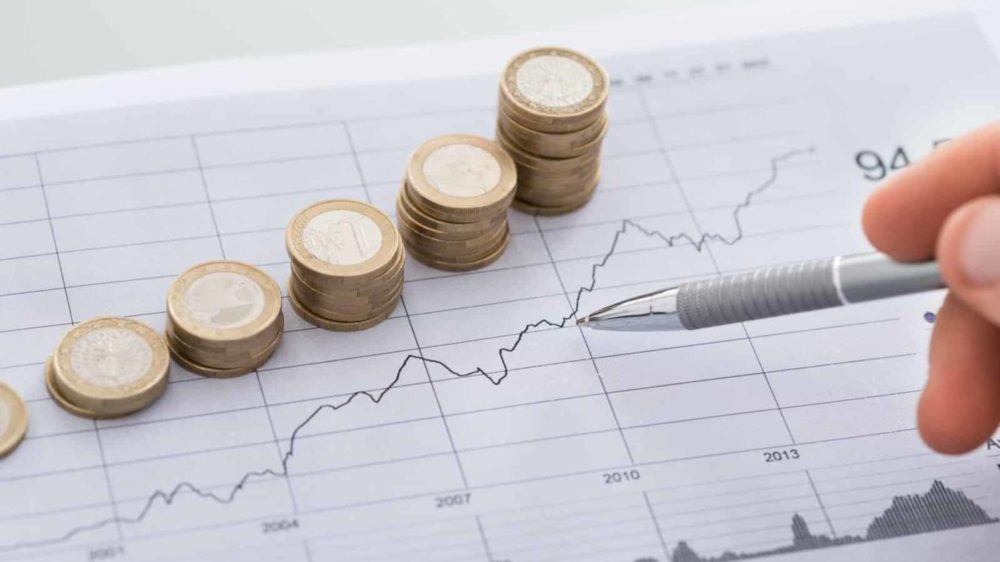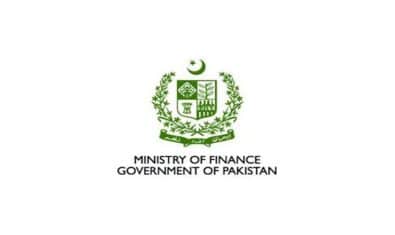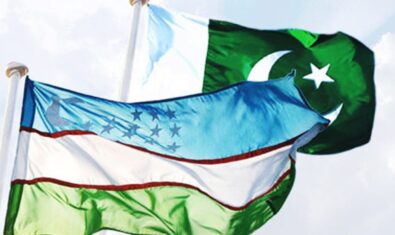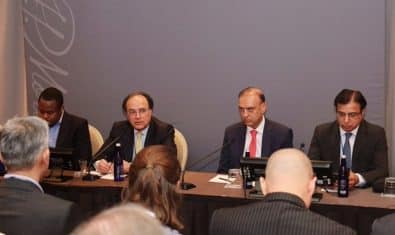A spike in global commodity prices is threatening to slow down post-pandemic economic recovery in Pakistan and around the world.
The prices of commodities and raw materials, ranging from oil and gas to steel and aluminum, are surging across the world amid supply chain bottlenecks.
Global oil and gas prices have jumped, with energy demand rising and suppliers struggling to meet targets. Brent crude crossed $82 per barrel last week, and analysts expect prices to continue to rise throughout winter.
Similarly, the price of polyvinyl chloride and coal has hit record highs this year On Monday, the price of Chinese coal jumped as much as 12 percent to $219 per metric ton on the Zhengzhou Commodity Exchange.
Another example of rising raw materials prices is the recent surge in cotton prices. The price of the commodity jumped to a 10-year high on Friday and hit levels not seen since 7 July 2011.
Commodity prices are increasing because of an imbalance between global demand and supply. Governments are easing pandemic lockdowns, and people are resuming economic activities. Thus, demand for goods and services is rising. However, the supply of components and raw materials is still restricted. Therefore, supply is unable to meet demand, which then drives up the prices of raw materials.
In addition, the ongoing imbalance in demand and supply is also due to differences in COVID-19 pandemic restrictions and recovery around the world. While most western countries are ending lockdowns and accelerating economic activities, many Asian countries are still in lockdown. This means that manufacturers in Asia that are not at full capacity aren’t able to meet new rising demand in western countries.
The spot price of liquified natural gas (LNG) has increased beyond $56.3 per million British thermal units (mmbtu) in the Asian market. This inflation of prices is causing delays in the import of LNG, with Pakistani oil companies unable to procure cargoes at a reasonable price. For example, Pakistan LNG did not receive any offers for a tender seeking the delivery of LNG cargoes from December to January.
This increase in costs, coupled with component shortages and rising inflation prospects, means that countries may face a number of challenges in the upcoming months as they attempt to strive towards economic recovery. In fact, the Kiel Institute for the World Economy recently lowered its forecast for world economic growth this year to 5.9 percent from 6.7 percent.
Similarly, Pakistan is also vulnerable to hurdles in its economic recovery and may face a spike in inflation. The Economic Adviser’s Wing, in its Monthly Economic Update & Outlook (MEUO) for September, said, “The risks that could raise inflation include higher trend in global commodity prices, especially food and energy items.”
The Pakistan Bureau of Statistics’ Sensitive Price Indicator for the week that ended on 7 October recorded an increase of 12.94 percent year-over-year.
The rise in prices has also led to a surge in Pakistan’s import bill. In the first three months of the current fiscal year, the country’s imports jumped by 65 percent to $18.63 billion, as compared to the same period last year. At the same time, the Pakistani Rupee has depreciated more than 11 percent since its peak in May.
However, despite these concerns, the Economic Adviser’s Wing said there were strong expectations about solid economic growth in the fiscal year 2021-2022, as economic activities accelerate and COVID-19 vaccination efforts pay off.

























